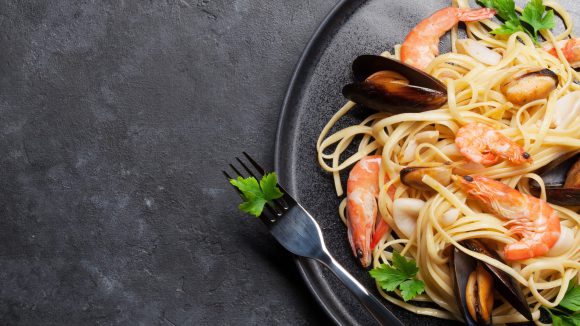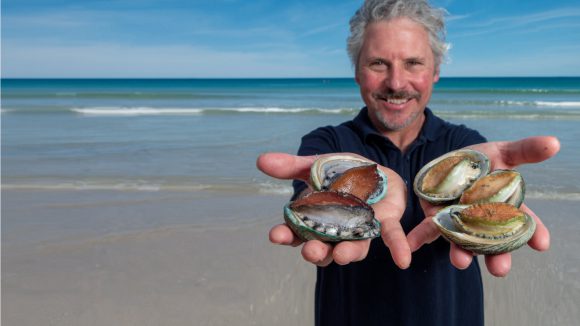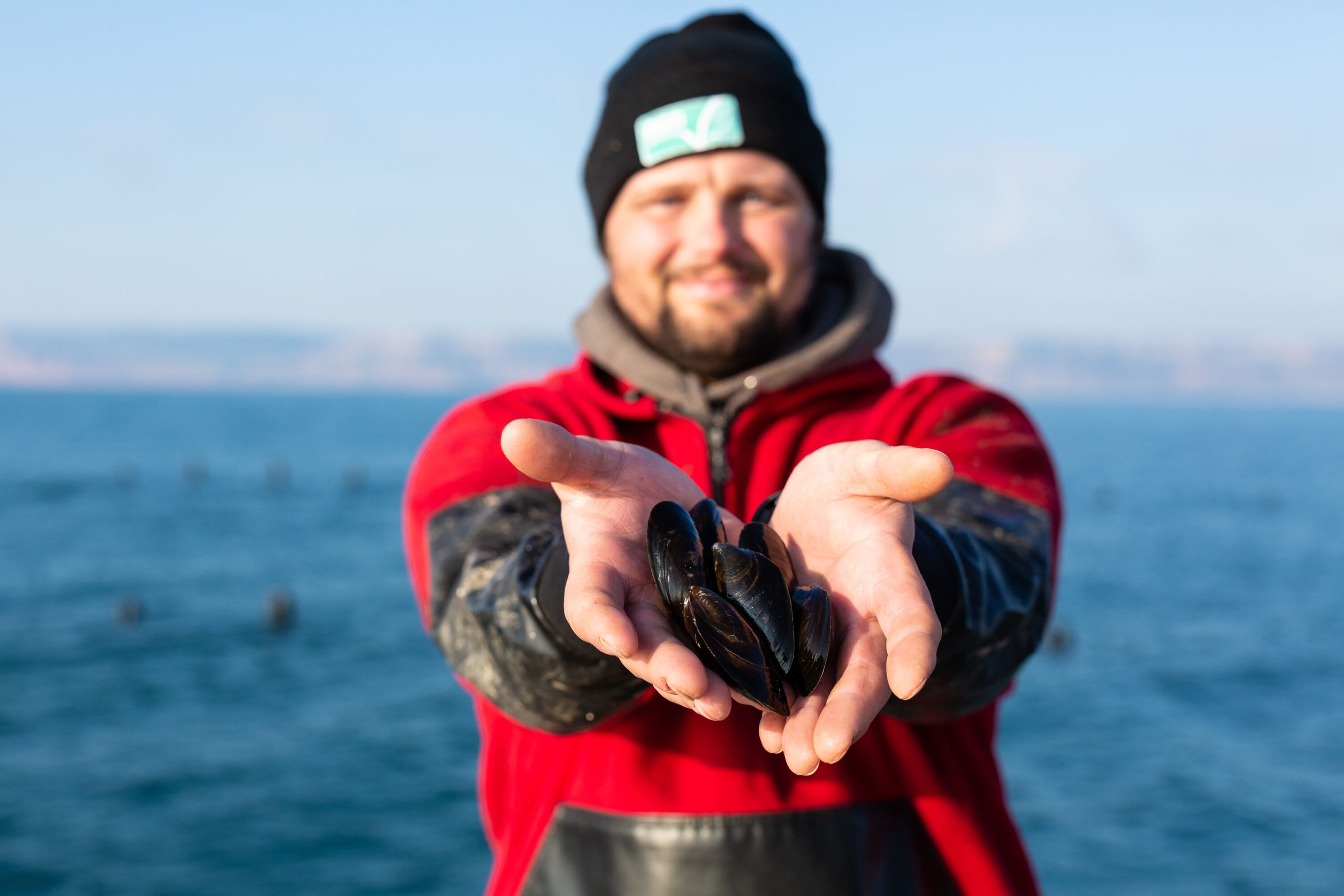
What is aquaculture?
Find out all about seafood farming, and the crucial role of responsible aquaculture in feeding a growing global population.
Aquaculture is the practice of farming seafood. It’s like agriculture, but done with fish, crustaceans and shellfish. Aquaculture businesses breed and harvest plants and animals in water – fresh water or sea water – and prepare them for human consumption.
Aquaculture already provides over half of all the fish product that we eat in the world. It’s the world’s fastest-growing food-producing sector, and it’s going to play a crucial role in helping to feed a planet with an ever-growing population.
We need aquaculture for many reasons:
- producing food for humans to eat
- helping to rebuild populations of threatened and endangered species
- restoring habitats
- boosting wild stocks of freshwater and seawater species
- breeding fish for zoos and aquariums
What are the different types of aquaculture?
There are two main methods used in fish farming: in a natural environment and in onshore tanks.
Fish farming in a natural environment
Fish like salmon, trout, sea bass, sea bream are farmed in floating cages anchored to the seabed in seawater. The cages are made of nets.
Fish like trout, arctic char, or smolt (young salmon) are raised in ponds or cages in fresh water. These will also be anchored in place.
Fish farming in onshore tanks
This is where fish grow in special rearing tanks filled with water. The tanks will be filled with either fresh water or seawater, depending on the species being farmed.
In some farms the water is used only once (open system), in others the water is recycled (closed or recirculation system).
Shrimp farming is carried out in brackish water, in ponds or open ground tanks, in tropical and subtropical zones. Shellfish such as oysters, mussels and clams can be grown on rope or in pockets.
Why is aquaculture important?
Aquaculture can be a climate friendly, healthy and nutritious source of protein readily available to billions of people around the world.
Feeding the growing population
Globally, agriculture is being relied upon to feed a population projected to reach 9.8 billion in 2050. To achieve that, food production will need to increase from the current 8.4 billion tonnes to almost 13.5 billion tonnes a year.
As the global population increases the competition for already scarce land, water and energy resources intensifies. And there is the growing impact of climate change to contend with, to which agriculture itself contributes significantly.
However, the recent growth in aquaculture has helped increase the supply of seafood, kept the overall price of fish down and eased the pressure on wild-caught fish stocks. Most importantly, when it is carried out responsibly aquaculture is an environmentally friendly source of healthy and nutritious protein that will play a critical role in feeding the world’s growing population.
Aquaculture: Benefits and challenges
We need aquaculture to help feed the world. By 2050, there will 9.8 billion people on the planet, according to the UN, and this growth will put huge pressure on food production in general, and fish in particular.
Wild stocks of many fish are under massive pressure already. Some 33% of wild fish stocks have already reached their biological limit because of destructive fishing practices and overfishing. What this means is that wild fish stocks don’t have time to replenish before they are fished again. The world needs aquaculture or fish farming to help meet the ever-growing demand for seafood and provide people in developing countries with healthy protein, while reducing the pressure on wild fish.
Aquaculture is the fastest-growing food production sector in the world. It already produces more than half of the fish eaten in the world today. But this rapid growth in demand also brings challenges.
Badly managed fish farms can create a number of serious problems, including:
- water pollution
- damage to the local environment
- poor working conditions
The bigger the aquaculture industry becomes, the greater its potential impact – for good or bad – on the environment, on workers and on local communities. So this is the mission of all us here at the ASC: to help the industry to play its crucial part in feeding a growing global population while still respecting the planet and its people. We want to help minimise the industry’s impact on climate change, and protect fish welfare too.
About the ASC
The ASC is a voluntary and fully independent certification programme. When you buy ASC certified seafood you are helping to provide billions of people with cleaner, healthier, and safer farm-raised seafood. You are also doing your bit to conserve and restore the world’s oceans, coasts and wildlife and improve the lives of seafood farmers and local communities in the developing world.
Do your bit: Look for the logo!
We set standards and oversee an independent certification process to ensure that any seafood products you buy and eat have been produced responsibly, without harming local communities, workers or the environment. Just look for the ASC logo!
Explore More

Learn more about Seafood Farming
Find out how farmed seafood can help feed a growing global population, why fish farming needs to be done responsibly and how you can make a responsible choice.

Visit our Blog
Find out what’s behind the label, what’s going on in the world of aquaculture and how the Aquaculture Stewardship Council is updating and improving its programmes regularly.

The Aquaculture Stewardship Council
We run the world’s leading certification programme for responsibly farmed seafood. Learn about our Certification Programmes and our Impact.



